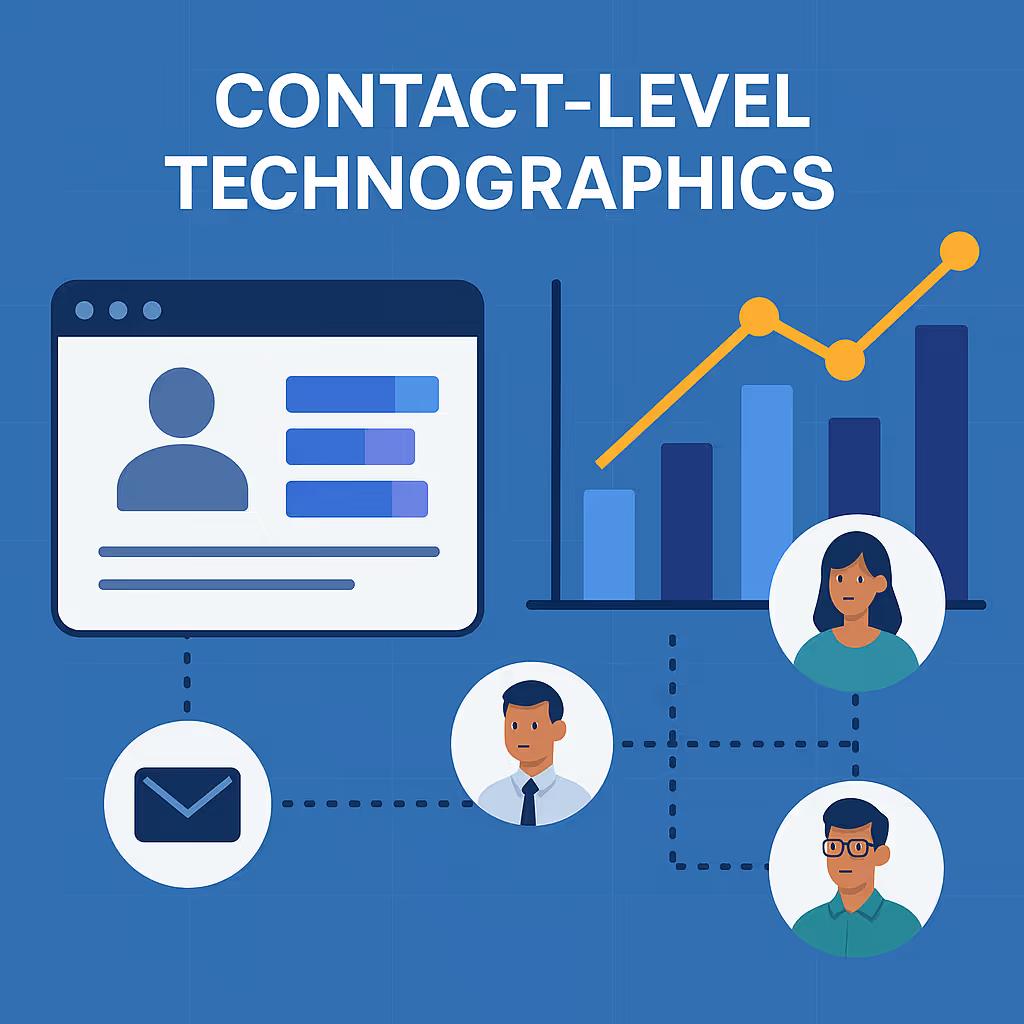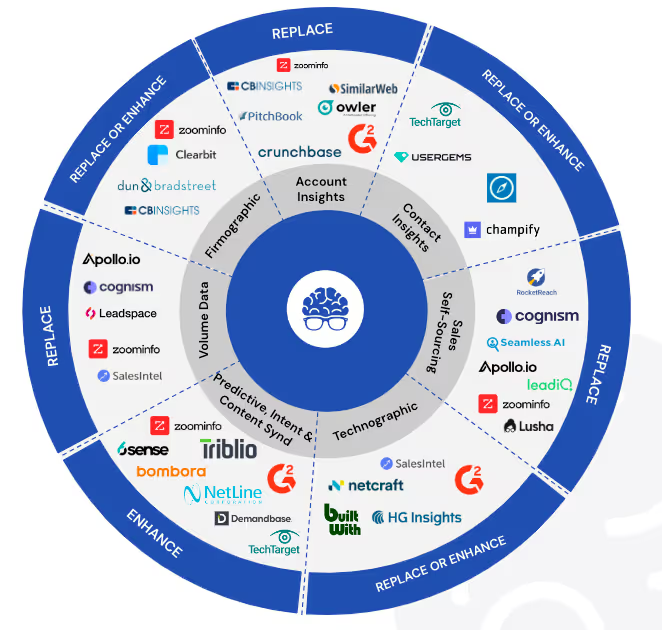The inception of Sales Development Representative (SDR) teams marked a pivotal moment in the annals of sales and marketing, catalyzing a seismic shift that propelled companies like Salesforce to unprecedented heights. Salesforce, now boasting a market capitalization of $291 billion, owes a significant part of its stratospheric ascent to what has been dubbed "Predictable Revenue 1.0" — a strategic paradigm that revolutionized demand generation through the systematic use of cold emails.
The Genesis of a Revolution
In the early days, Salesforce, like many companies at the cusp of the digital revolution, faced the monumental task of scaling its operations and customer base rapidly. The solution? A division of labor within the sales force, crystallizing into the creation of SDR teams. This move was nothing short of revolutionary. It allowed Salesforce to segment the sales process into two distinct phases: lead generation handled by SDRs through high-volume cold emailing and lead closing managed by Account Executives (AEs). This specialization not only optimized the sales funnel but also introduced a level of efficiency and scalability previously unseen.
Predictable Revenue 1.0: A Game-Changer
The "Predictable Revenue" model, championed by Salesforce, relied heavily on the ability to generate demand through cold emails. The genius of this approach lay in its simplicity and scalability. By sending out a vast number of cold emails, with just a hint of personalization, Salesforce could cast a wide net, capturing leads across the spectrum. This method, bolstered by the SDR teams' relentless follow-up, turned cold outreach into a science, with predictable outcomes and scalable revenue streams.
The model was groundbreaking, setting a new standard for how companies approached demand generation. It democratized access to markets, allowing even startups to reach potential customers across the globe with minimal upfront investment.
The Market Evolution and The Future
However, the digital landscape is perpetually in flux. The strategies that worked yesterday might not hold the same potency today. The market has evolved, with buyers becoming increasingly immune to traditional cold outreach tactics. The deluge of cold emails has led to email fatigue, diminishing the returns of such campaigns. Furthermore, the rise of sophisticated spam filters and regulations like GDPR in Europe have added layers of complexity to cold emailing.
In response, the market is witnessing a paradigm shift towards more personalized, value-driven outreach efforts. Account-Based Marketing (ABM), for instance, represents a more targeted approach, focusing on crafting customized messages for a select group of high-value accounts. Similarly, the emergence of social selling, leveraging platforms like LinkedIn, offers a more nuanced and engaging way to connect with potential clients.
The Future: Adaptation and Innovation
The future of demand generation lies in adaptation and innovation. As the effectiveness of traditional cold emailing wanes, companies must explore new avenues and technologies to reach their audience. Artificial Intelligence (AI) and Machine Learning (ML) are beginning to play pivotal roles in personalizing outreach at scale, enabling companies to craft messages that resonate on a personal level without sacrificing the efficiency of automation.
Moreover, the concept of "Predictable Revenue 2.0" might pivot from volume-based approaches to value-based engagement, focusing on creating meaningful interactions and providing value upfront. This could take the form of educational content, interactive webinars, or personalized product demos, all aimed at building relationships rather than merely capturing emails.
Conclusion
The creation of SDR teams and the implementation of "Predictable Revenue 1.0" laid the groundwork for Salesforce's meteoric rise. However, as the market evolves, so too must the strategies employed by companies to generate demand. The future belongs to those who can innovate, personalize, and provide value in their outreach efforts. As we look ahead, the lessons learned from the past must inform the strategies of the future, guiding companies in navigating the ever-changing landscape of demand generation.




